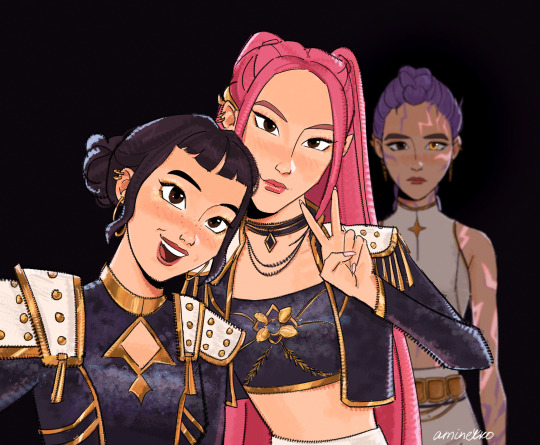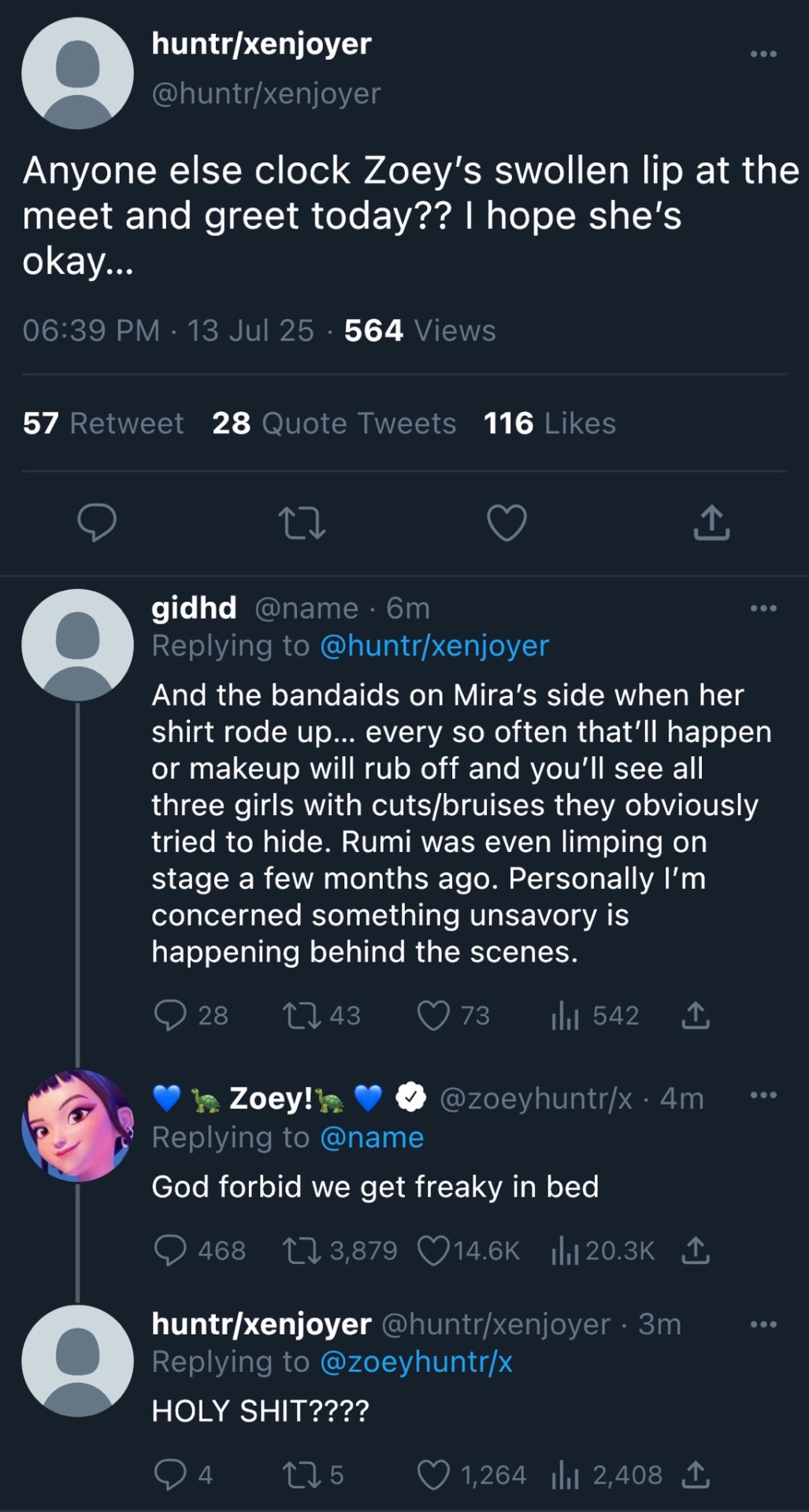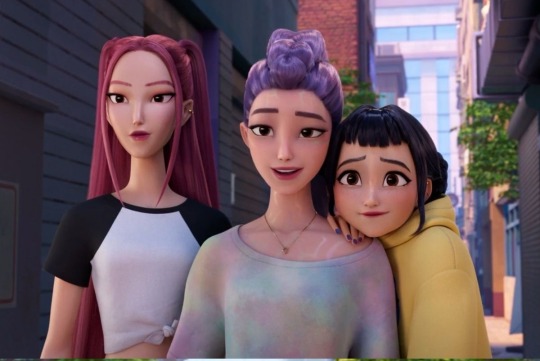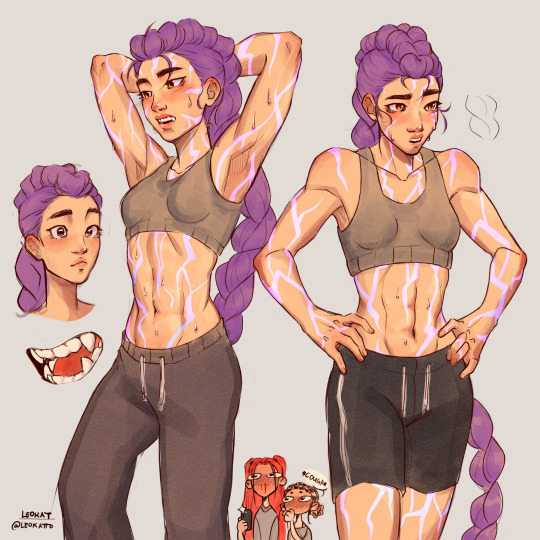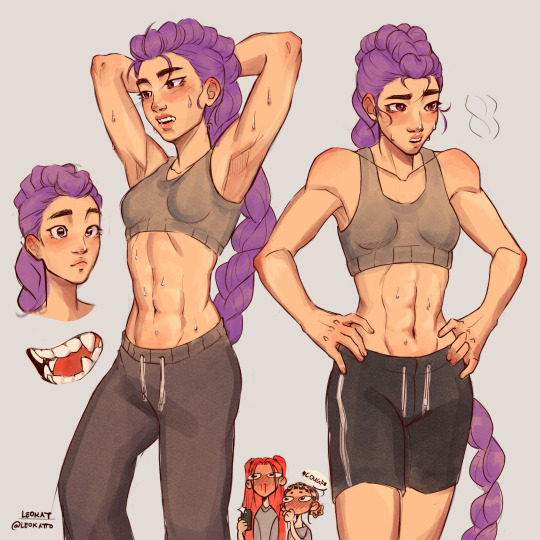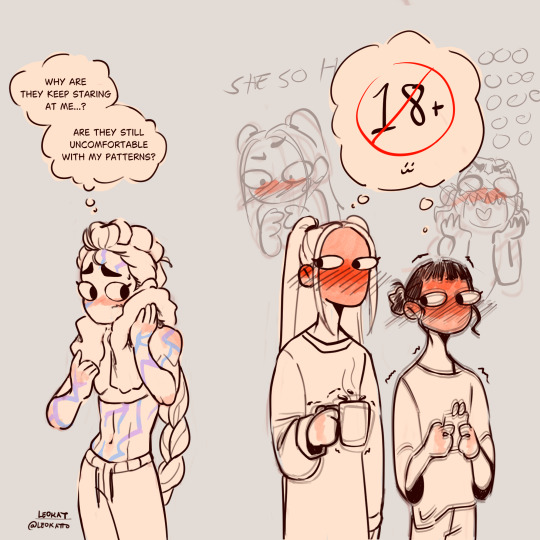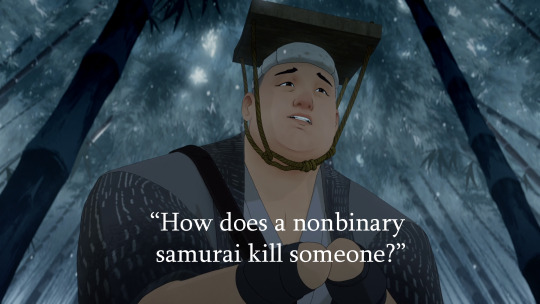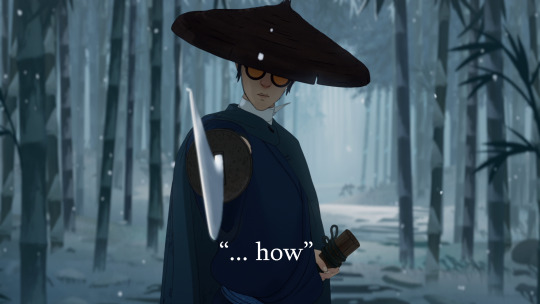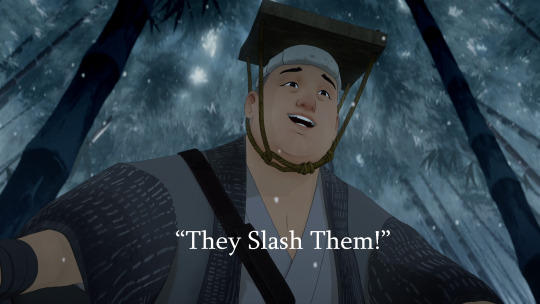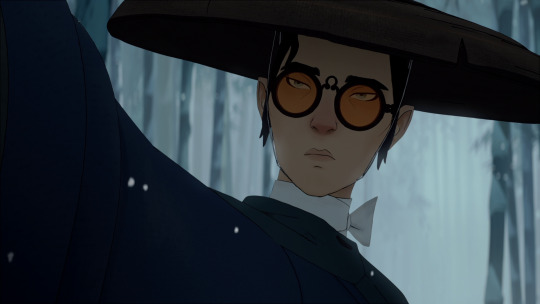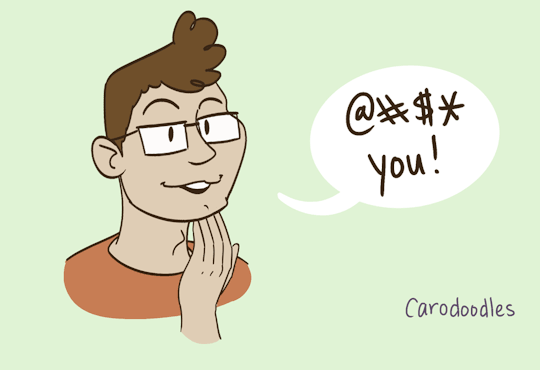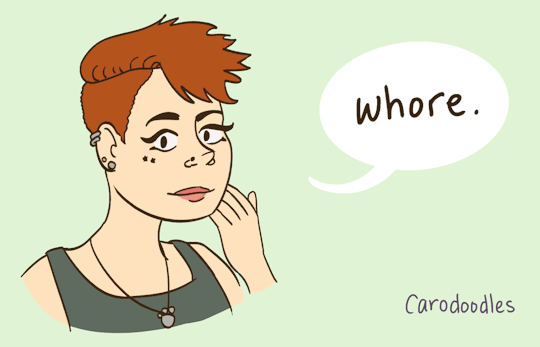𝘴𝘩𝘦/𝘵𝘩𝘦𝘺 |18| 𝘴𝘪��𝘯𝘦𝘳 | 𝘪𝘯𝘤𝘰𝘯𝘴𝘪𝘴𝘵𝘦𝘯𝘵 | constant identity crisis | cynical poet | 𝘮𝘶𝘴𝘪𝘤 𝘪𝘴 𝘧𝘳𝘦𝘦 𝘵𝘩𝘦𝘳𝘢𝘱𝘺 | ♥︎
Don't wanna be here? Send us removal request.
Text
Watching polycules form in real time is like watching an earthquake and a tsunami strike at the same location
27K notes
·
View notes
Text
My mom is dead. I can't sleep. Just 3 hours. My chest hurts. I can't live without her
0 notes
Text






Just normal girls sleepover behavoir according to scientific meta-analysis
16K notes
·
View notes
Text
I'm so tired. My mom just passed away last night. I cant live without her. It's too sudden...
0 notes
Text
👹👹👹

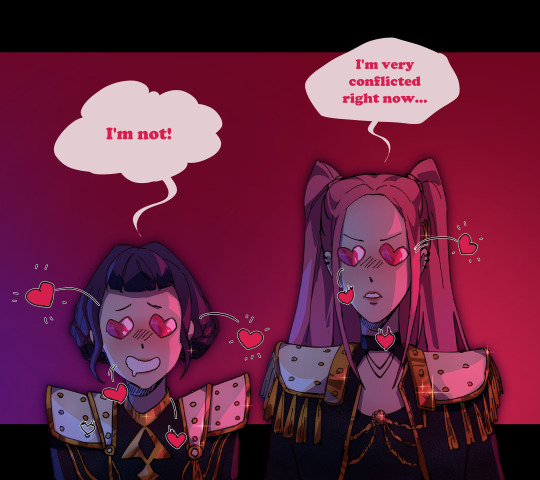
Something I've made for my broken mind
It's been a while since I last posted things here.... I'll work on that
26K notes
·
View notes
Text



Another version because I have a bad habit of posting things before I'm even satisfied with the product
6K notes
·
View notes
Text
Hol up-

Okay.. umm.. I know I said I was gonna make them gay (I still am btw no worries).. BUT I had an idea. I had to
Anyways! Enjoy😌
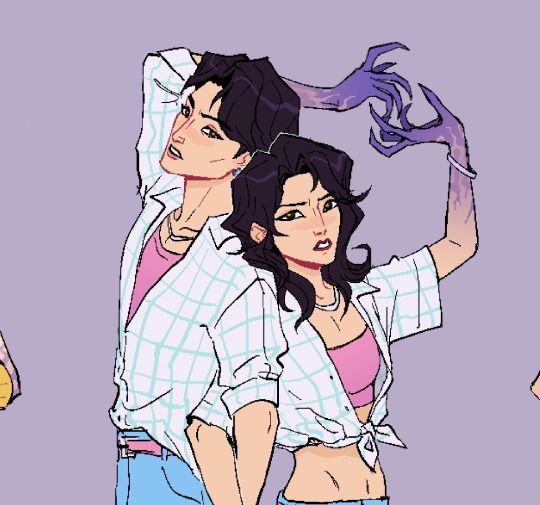


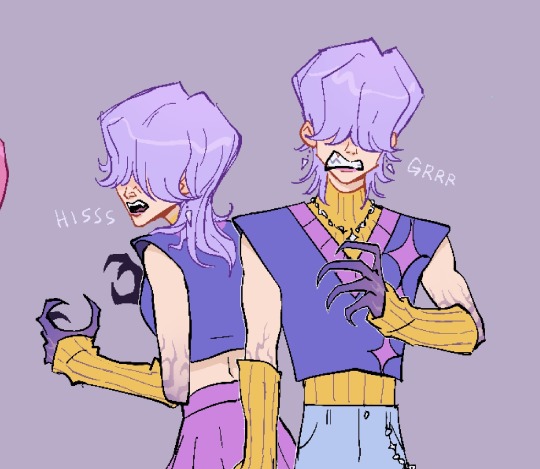
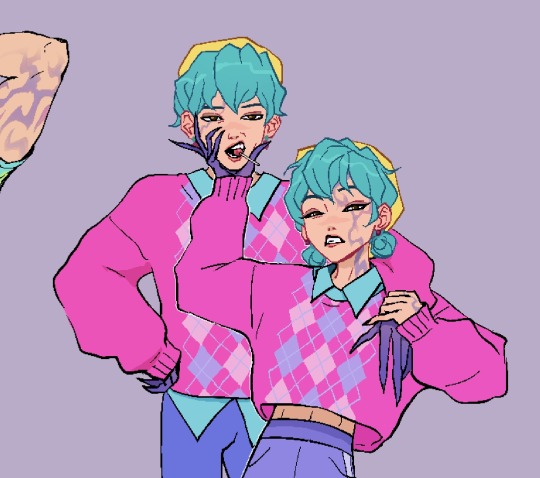
I genuinely love these so much! They turned out soooo great. I would make them into keychains if I could. Honestly!
Also I had fun with figuring out their height difference. It’s probably not accurate but whatever
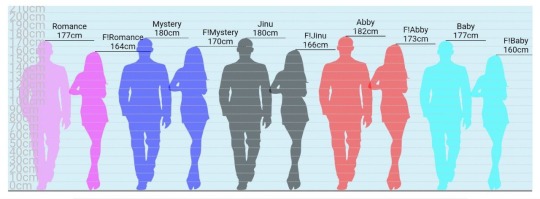
3K notes
·
View notes
Text
art assignments got me into the rabbit hole-

Danny Castillones Sillada
Born: April 17, 1963
Age: 57 years old
Hometown: Cateel, Davao Oriental, Philippines
Know for: Paintings, Installation arts and Mix Media, Performance Art, Literary, Philosophy, Music, and Critical Theory
Notable Work: Menstrual Period In Political History (2005)
Movement: Surrealism and Existentsialism
Born in Mindanao, the southern part of the Philippines, on April 27, 1963, Sillada was identified in public primary school as a gifted child. At the age of seven he started drawing and earning from his artworks.
Upon his graduation in high school in 1982, he received an “Artist of the Year Award” in Maryknoll High School of Cateel, then founded by the American Maryknoll Missionaries, later ran by nuns the Religious of Virgin Mary (RVM) before it was turned over to the town’s parish.
Danny Castillones Sillada is a former columnist and cultural and art critic at the Manila Bulletin, one of the Philippines' daily journals.
He is a Filipino multidisciplinary artist, theorist, and journalist, is a surrealist painter, sculptor, and installation artist, author, bilingual poet, essayist, musician (singer-songwriter-composer), performance artist, photographer, and amateur filmmaker. He took a 180-degree detour from his priesthood vocation to accept his creative calling in the world of art.

He became a full-time artist and literary writer at the age of 33 in 1996, exploring various fields and mediums of aesthetics, from painting and sculpture to installation art, from music to performance art, from photography to short films and documentaries, from writing about philosophy to poetry.
He was a recipient of 2003 "Pasidungog Centennial Awards" for literary and visual arts,a centennial event that was attended by the president of the Philippines Gloria Macapagal-Arroyo in his hometown province in Davao Oriental.

According to Danny Castillones Sillada, Surrealism in Philippine art is an individual style rather than as a movement compared to its development in Latin America, USA, and Europe. We have no historical surrealist movement in the country with cohesive manifesto that sprang from political or anarchic cause relative to its inception in the early 1920s by French poet and writer André Breton.
In 2003, during his 2003 one-man show titled "Surreality" at PAG (Philippine Art Gallery), Sillada invented what he called "Nail Art and Hydro-Kinetic Sculpture", One of the Philippines ' oldest Galleries. He incorporated his nail art and hydro-kinetic "Daloy" sculpture into a series of abstract paintings, sketches, and pieces of installation art. "Daloy" was mounted on a plywood of 96 X 46 inches pulled with nails in the shape of a cross and accentuated with a splattered red colour. A bamboo tube with an ever-flowing water cascading on an earthen jar sits at the bottom middle of the plywood. The murmuring sound of the flowing water gives the symbolic aspect of the "cross" a dramatic effect, a recurring theme in his works.


In 2006, in Art Center, SM Megamall, Mandaluyong City, he exhibited another iconic piece, named "Fountain of Life." Similar to his 2003 "Daloy", it was mounted on thick plywood, but framed in white with a well-defined outline of embedded nails forming a circle. Instead of using a bamboo tube, he inserted a stainless faucet in the lower center of the artwork, which flows continuously into a transparent plastic container of red liquid.

Titled “Menstrual Period in Political History”, this controversial mixed media artwork by Philippine multimedia artist Danny C. Sillada in 2005, is a political satire on the Philippine government's cyclical political crisis and corruption. The vaginal shape is carved on a metamorphic rock and painted red, blue, and yellow to represent the flag of the Philippines.


He was recently included in Martin Dawber's book "New Vintage Illustration," which is comprised of some of the world's best illustrators due to be released by a London publisher in August 2012. Martin Dawber, author of several illustrated books on design, photography, and vintage drawings, is a fashion and clothing writer, lecturer, and consultant editor for Contemporary British Culture's Routledge Encyclopaedia.
To date, as a surrealist artist, Sillada has already released 14 one-man shows, both local and international, and performed his music, poetry, and live art performances at various venues in Metro Manila, Philippines.
3 notes
·
View notes
Text
Here's a fun little detail about "This is what it sounds like". Mira and Zoey start in their "Golden" outfits, as they've had no time or reason to change since all that went down. It's a bit militaristic, spikes, fringes, and the main fabric seems to black sequins.


We get a closer look at the sequins during the start of the fight, when the girls are all coming together along the three stages.


And then the three girls hug, which recreates the Honmoon and rebuilds their magical alliance, and to signify that, Mira's and Zoey's outfits turn white, showing that they've been sanctified. So far, so good.
But crucially, the white outfits don't have sequins anymore. They have something else:
Patterns.

It's subtle and easy to miss, but the post-reunification outfits of Zoey and Mira are both smooth, but feature some subtle pattern work. Zoeys are a bit more playful, Mira's a bit more angular, both unique to them and their styles. But crucially, they match the demonic patterns on Rumi's skin.
The outfits are telling us that not only have the three reunited, not only have they forgiven each other, they're telling us that these girls are a unit. If one of them has patterns, they all will wear patterns, and be proud of it. They're 100% on Rumi's side.
Of course this is also what the text of the movie is literally saying anyway, it's not exactly subtle, but it's great to see it reinforced in subtle ways like this. I'm sure many people noticed it right away, but it took me several watches of the movie and the promotional Youtube videos to notice it.
24K notes
·
View notes
Text

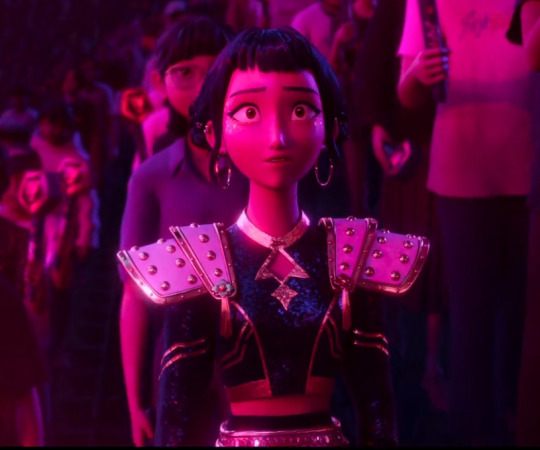
Just so we all understand, Zoey is canonically a huge monsterfucker and that is very Important to me
Like, she has been waiting patiently for years for her girls to ask her what Omegaverse is and she has a 2 hour long PowerPoint ready to go
6K notes
·
View notes
